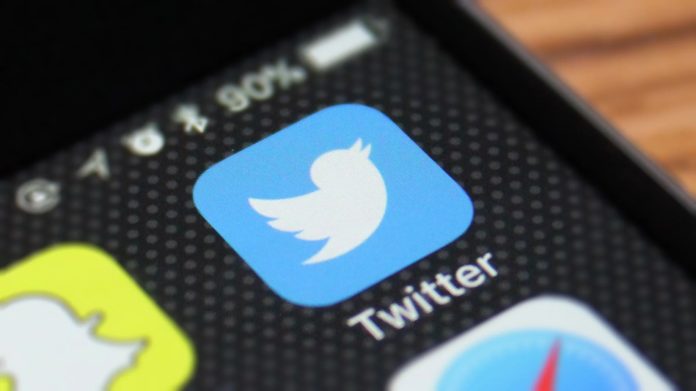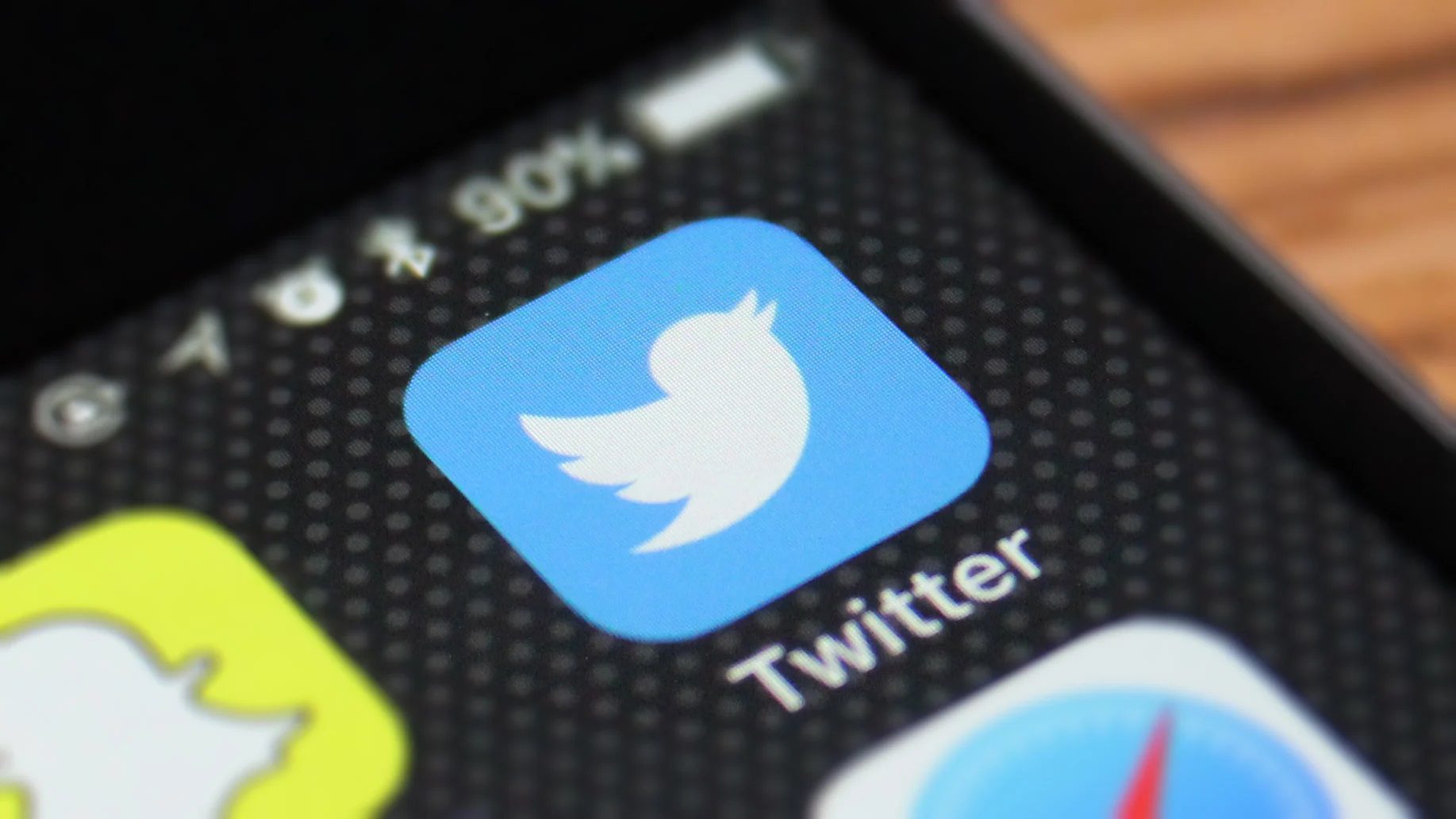Another Twitter files dropped on Friday.
Journalist Matt Taibbi: Twitter Files Expose the Next Great Media Fraud
2. “I think we need to just call this out on the bullshit it is.”
3. “Falsely accuses a bunch of legitimate right-leaning accounts of being Russian bots.”
4. “Virtually any conclusion drawn from it will take conversations in conservative circles on Twitter and accuse them of being Russian.”
5. These are quotes by Twitter executives about Hamilton 68, a digital “dashboard” that claimed to track Russian influence and was the source of hundreds if not thousands of mainstream print and TV news stories in the Trump years.
6. The “dashboard” was headed by former FBI counterintelligence official (and current MSNBC contributor) Clint Watts, and funded by a neoliberal think tank, the Alliance for Securing Democracy (ASD).
7. The ASD advisory council includes neoconservative writer Bill Kristol, former Ambassador to Russia Michael McFaul, ex-Hillary for America chief John Podesta, and former heads or deputy heads of the CIA, NSA, and the Department of Homeland Security.
8. News outlets for years cited Watts and Hamilton 68 when claiming Russian bots were “amplifying” an endless parade of social media causes – against strikes in Syria, in support of Fox host Laura Ingraham, the campaigns of both Donald Trump and Bernie Sanders.
9. Hamilton 68 was the source for stories claiming Russian bots pushed terms like “deep state” or hashtags like #FireMcMaster, #SchumerShutdown, #WalkAway, #ReleaseTheMemo, #AlabamaSenateRace, and #ParklandShooting, among many others.
10. The secret ingredient to Hamilton 68’s analytical method? A list: “Our analysis has linked 600 Twitter accounts to Russian influence activities online,” was how the site put it at launch.
11. Hamilton 68 never released the list, claiming “the Russians will simply shut [the accounts] down.” All those reporters and TV personalities making claims about “Russian bots” never really knew what they were describing.
12. Twitter executives were in a unique position to recreate Hamilton’s list, reverse-engineering it from the site’s requests for Twitter data.
Concerned about the deluge of Hamilton-based news stories, they did so – and what they found shocked them.
13. “These accounts,” they concluded, “are neither strongly Russian nor strongly bots.”
“No evidence to support the statement that the dashboard is a finger on the pulse of Russian information ops.”
“Hardly illuminating a massive influence operation.”
14. In layman’s terms, the Hamilton 68 barely had any Russians. In fact, apart from a few RT accounts, it’s mostly full of ordinary Americans, Canadians, and British.
15. It was a scam. Instead of tracking how “Russia” influenced American attitudes, Hamilton 68 simply collected a handful of mostly real, mostly American accounts, and described their organic conversations as Russian scheming.
16. Twitter immediately recognized these Hamilton-driven news stories posed a major ethical problem, potentially implicating them.
“Real people need to know they’ve been unilaterally labeled Russian stooges without evidence or recourse,” Roth wrote.
17. Some Twitter execs badly wanted to out Hamilton 68. After Russians were blamed for hyping the #ParklandShooting hashtag, one wrote:
“Why can’t we say we’ve investigated… and citing Hamilton 68 is being wrong, irresponsible, and biased?”
18. Yoel Roth wanted a confrontation. “My recommendation at this stage is an ultimatum: you release the list or we do,” he wrote.
However, there were internal concerns about taking on the politically connected Alliance for Securing Democracy.
19. “We have to be careful in how much we push back on ASD publicly,” said future White House and NSC spokesperson Emily Horne.
20. “I also have been very frustrated in not calling out Hamilton 68 more publicly, but understand we have to play a longer game here,” wrote Carlos Monje, the future senior advisor to Transportation Secretary Pete Buttigieg.
21. So the “legitimate people,” as one Twitter exec called them, never found out they’d been used as fodder for mountains of news stories about “Russian influence.” Because the #TwitterFiles contain the list, they’ve begun finding out.
22. “I’m shocked,” says Sonia Monsour, who as a child lived through civil war in Lebanon. “Supposedly in a free world, we are being watched at many levels, by what we say online.”
23. “I’ve written a book about the U.S. Constitution,” says Chicago-based lawyer Dave Shestokas. “How I made a list like this is incredible to me.”
24. “When I was growing up, my father told me about the McCarthyite blacklist,” says Oregon native Jacob Levich. “As a child it would never have occurred to me that this would come back, in force and broadly, in a way… designed to undermine rights we hold dear.”
25. Even Twitter execs were stunned to read who was on the list. Wrote policy chief Nick Pickles about British comic @Holbornlolz: “A wind-up merchant… I follow him and wouldn’t say he’s pro-Russian… I can’t even remember him tweeting about Russia.”
26. I’m listed as a foreign bot?” said conservative media figure Dennis Michael Lynch. “As a proud taxpaying citizen, charitable family man, and honest son of a U.S. Marine, I deserve better. We all do!”
27. Consortium editor Joe Lauria too was angered to find he was on the list, which targeted voices across the spectrum: “Organizations like Hamilton 68 are in business to enforce an official narrative, which means excising inconvenient facts, which they call ‘misinformation.’”
28. What makes this an important story is the sheer scale of the news footprint left by Hamilton 68’s digital McCarthyism. The quantity of headlines and TV segments dwarfs the impact of individual fabulists like Jayson Blair or Stephen Glass.
29. Hamilton 68 was used as a source to assert Russian influence in an astonishing array of news stories: support for Brett Kavanaugh or the Devin Nunes memo, the Parkland shooting, manipulation of black voters, “attacks” on the Mueller investigation…
30. These stories raised fears in the population, and most insidious of all, were used to smear people like Tulsi Gabbard as foreign “assets,” and drum up sympathy for political causes like Joe Biden’s campaign by describing critics as Russian-aligned.
31. Incredibly, and ironically, these stories were also frequently used as evidence of the spread of “fake news” on sites like Twitter:
32. It was a lie. The illusion of Russian support was created by tracking people like Joe Lauria, Sonia Monsour, and Dave Shestokas. Virtually every major American news organization cited these fake tales— even fact-checking sites like Snopes and Politifact.
33. Twitter didn’t have the guts to out Hamilton 68 publicly but did try to speak to reporters off the record. “Reporters are chafing,” said Horne. “It’s like shouting into a void.”
34. Roth was offended by the idea that tweets on certain themes suggested subversion. “Can we talk about how incredibly condescending…? If you talk about these themes, you must have been duped by Russian propaganda.”
35. Again, even Roth, like most Twitter execs an ardent Democratic partisan, saw that the Hamilton scheme would lead people “to assert that any right-leaning content is propagated by Russian bots.”
36 and 37:
38. This was an academic scandal as well, as Harvard, Princeton, Temple, NYU, GWU, and other universities promoted Hamilton 68 as a source:
39. Perhaps most embarrassingly, elected officials promoted the site, and invited Hamilton “experts” to testify. Dianne Feinstein, James Lankford, Richard Blumenthal, Adam Schiff, and Mark Warner were among the offenders.
40. The mix of digital McCarthyism and fraud did great damage to American politics and culture. News outlets that don’t disavow these stories, or still pay Hamilton vets as analysts, shouldn’t be trusted. Every subscriber to those outlets to write to editors about the issue.
*End thread*



